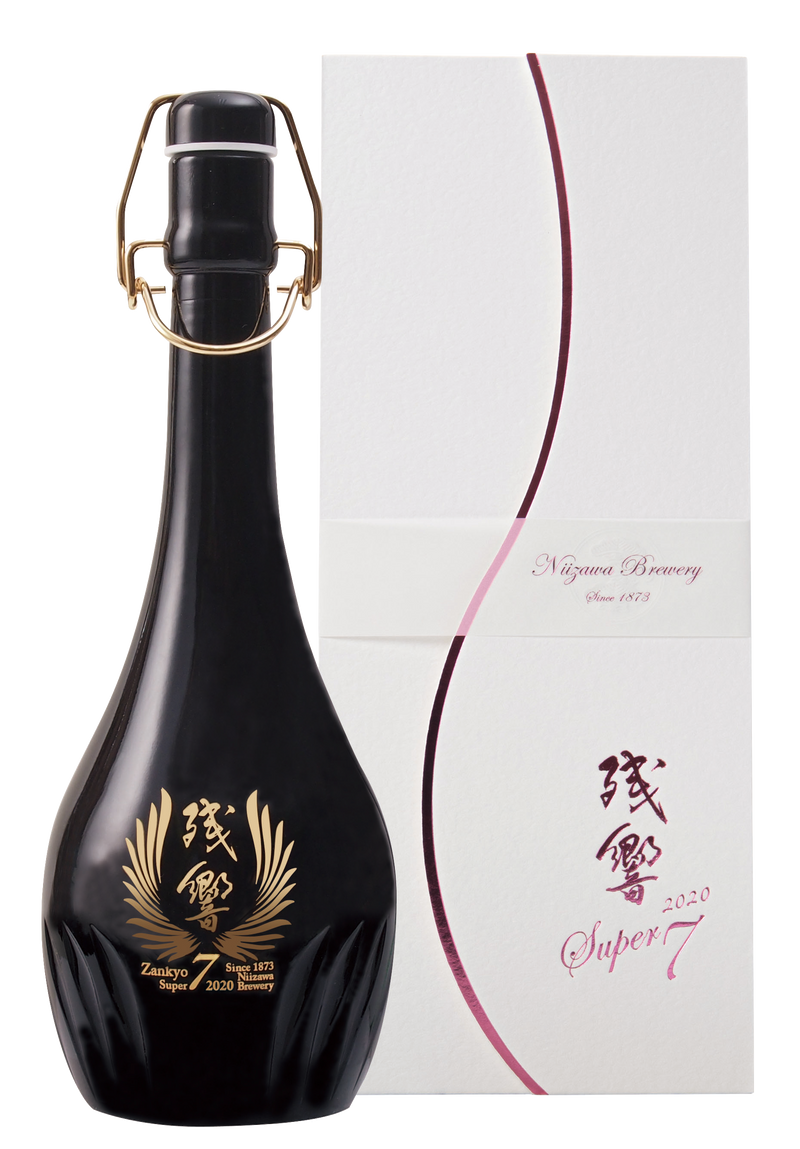Product Details
Product Details
Delivery may take up to 2-3 extra business days as items are secured upon order confirmation.
What is the ultimate? This may be one answer.
One of the smallest rice polishing ratios in the history of sake, "7%" (i.e., 93% of the rice surface is polished away). After one year of aging in ice temperatures, the finished product tastes exceptionally round. The gentle aroma, reminiscent of grapes and strawberries, and the velvety, moist attack that lights up the palate like fireworks, then disappears instantly, leaving only a faint lingering aftertaste.
| Basic Information | |
| Alcohol % | 15 |
|---|---|
| Rice | Kura No Hana (Miyagi) |
| Water | Kurama underground water |
| Awards | Served at the 2010 U.S. Grammy Awards Reception; MILANO SAKE CHALLENGE 2019 Platinum Award in the Junmai Daiginjo category |
Tasting Notes
Tasting Notes
The gentle aroma, reminiscent of grapes and strawberries, and the velvety, moist attack that lights up the palate like fireworks, then disappears instantly, leaving only a faint lingering aftertaste.
Flavors & Aromas
Intensity
Pairing
Pairs well with
Best served at
Best served in

Brewery Story

The Ultimate Food Sake
Founded in 1873, with the professed aim of delivering “the ultimate meal-time sake”, the brewery continues to hold itself to a support role, in deference to cuisine. The brewery’s head office is located in the south of the Osaki Plain in Miyagi Prefecture, where the Sasanishiki and Hitomebore rice variants originated from. However, the brewery struggled to make a profit, when 90% of all sake produced was basic sake (“Futsushu”) around the year 2000. It was when the 5th generation owner Niizawa returned to the brewery the predecessor was thinking about closing the brewery but Mr. Niizawa persuaded him to keep the brewery running and started a great turnaround.

























